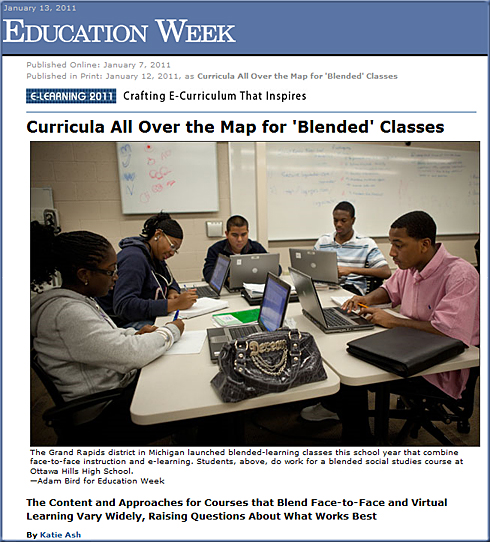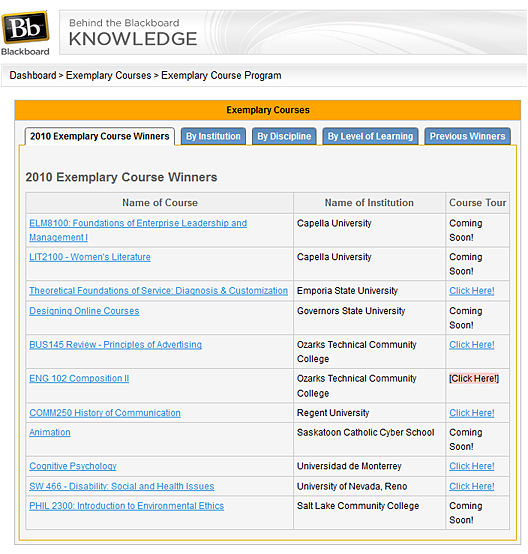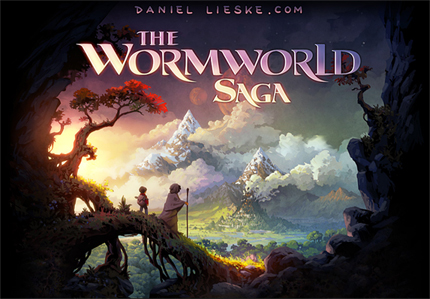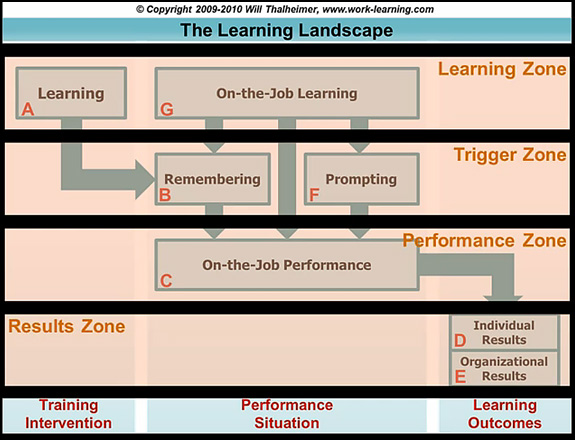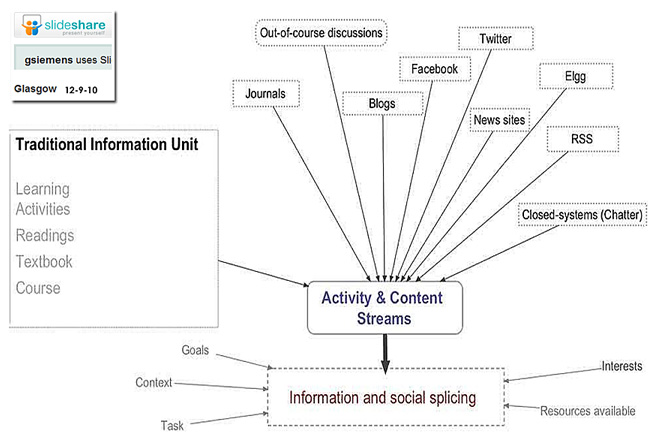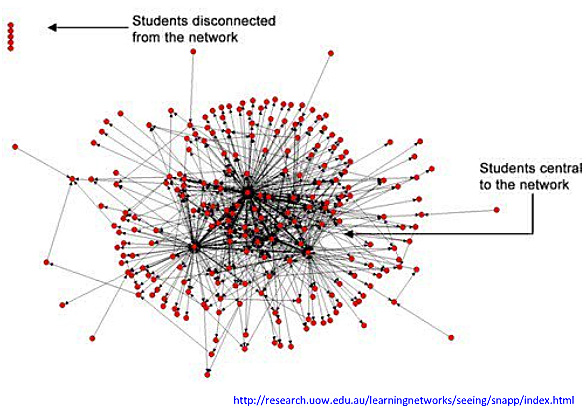The 19,100-student Grand Rapids school district in Michigan launched blended-learning classes this past fall. The district has started with high school social studies and math classes.
“There was some initial resistance from the public—concerned parents with the perception that kids are just going to be stuck in computer labs—but that’s absolutely contrary to what [this] is,” said John Helmholdt, the director of communications for the district. “When you say blended, people don’t understand what that means. It took months of really trying to educate and raise awareness of really what it was we were trying to do.”
Moving to a blended model actually made teacher-student ratios better, according to Mr. Helmholdt, by layering on support-staff members to circulate when the students were completing work online.
In Grand Rapids, the blended classes go through a three-day rotation of face-to-face and online instruction. During the first day, students receive a traditional lecture-based class in a regular classroom where a new concept is introduced. On the second day, the class starts by going over the concept again and then beginning to use some of the online software and support tools that reinforce the concept. On the third day, the students work solely with digital resources. [Rest of article here.]
From DSC:
I am very glad that the Grand Rapids school system is moving in this direction! It is a huge step in the right direction and I congratulate the district’s leadership for their vision and patience while this plane gets off the runway. This endeavor will help the students begin to build digital/information literacy. It will open their minds up to numerous creative possibilities — as well as career opportunities and goals. They are beginning to have “the world as their school“.










